A Common BPD Trigger Seen in BPD Relationships
If you’re new here, I’m Sarah: a mom, wife and blogger formerly diagnosed with borderline personality disorder. My goal for this blog is to help raise BPD awareness, dispel common BPD myths and help other people with BPD and their BPD relationships. This post touches on a common BPD trigger and is written for both people with BPD and their partners. So you can easily share this post with your partner and go over it together.
A trait of healthy relationships is spending time apart—either alone or with friends. However, going out without your BPD spouse or partner can be a huge trigger for some. Like saying no to someone with borderline personality disorder, leaving someone with BPD alone can lead to intense emotional responses or blow up fights. This isn’t because the person with BPD wants to be difficult. It’s because of their fear of abandonment.
Even though I’ve been in therapy for over a decade and I, as of 2022, do not meet the criteria for a BPD diagnosis (after suffering with untreated BPD for 17 years), the trigger of having my husband make plans without me has only significantly improved in the last year. This was such a debilitating trigger for me for the longest time, with every single partner I had. Simply being aware of the trigger wasn’t enough to stop the feelings that ate at my core and it wasn’t enough to keep me from reacting.
Something else had to be done.
What helped me so significantly, with this BPD trigger in particular, was the steps I’ve laid out in this blog post. The steps below are based on my own personal experience with borderline personality disorder. When I’d given them enough thought and ensured they were emotionally healthy for the both of us, I presented the steps to my husband, Brian. Together, we tried our best to follow them.
Note: for simplicity purposes, when talking about the partner with BPD—I may just say “bpd spouse,” however, these tips can work for all types of BPD relationships whether you’re married, engaged, dating, living together or living apart. Also please be aware that in conversation, I do not like to use BPD or the term “borderline” as an adjective for people with borderline personality disorder nor do I recommend you do so (we should not be labelled by our diagnosis), but to show up in more search engine results I’ll use popular keywords such as “bpd spouse” or “bpd splitting” in blog or social posts.
As always, these tips are based on my own experience and should not be taken as professional advice. My experience does not reflect everyone else’s experience with BPD because we’re all unique, so these tips may need to be revised or adjusted to meet the needs of your own relationship.
Key Points to Remember in BPD Relationships
- You both deserve respect & individualism.
- Healthy relationships require healthy boundaries.
- Consistency is important! The more you face the trigger together, the easier it will become.
- Therapy is essential, for both the fighter & supporter.
- The end goal is to enjoy yourselves as individuals and build a healthy & fulfilling relationship.
These tips should be openly acknowledged by both partners, so share this post with them and use these tips together as a base for forming your own.
If you’re reading this blog post in secret or are unwilling to discuss making changes in your relationship with your partner (whether you’re the partner with or without BPD)—you should wonder why you feel the need to keep it a secret and consider how much effort you’ll realistically be able to put into the relationship. One partner can not fix or strengthen a relationship by themselves.
Without further ado—here are 9 tips to overcome the BPD trigger of having your partner go out without you. Likewise, here are 9 tips to help you (the supporting partner) make plans without your BPD spouse or partner.
“THIS STORY WILL HELP SO MANY PEOPLE.” -BETA READER
From the creator of BPD Beautiful, Sadie’s Favorite tells the story of a girl lost, a woman recovered and the trauma in between. Coming October 22, 2025.
How to Leave Someone with BPD for Social Outings & Overcome the BPD Trigger as a Couple
1. Ask & communicate about feelings
In healthy relationships, both partners are equal. No partner should have to ask for permission to go out alone. So to maintain healthy boundaries and support your BPD spouse, ask them how they feel about your plan. Not for their permission.
Here are some ways you could word it when you approach your BPD spouse with your plans:
Would you feel alright if I [THING] tomorrow around [TIME] at [PLACE]?”
“I want to [THING] at [PLACE] this weekend around [TIME]. How do you feel about that?”
“How do you feel about me [THING] at [PLACE] at [TIME] tonight?”
The partner with BPD should be open & honest when approached. This gives your BPD spouse a chance to communicate any overwhelming emotions they may be experiencing due to BPD. Giving your BPD spouse this opportunity to express themselves can help them feel secure and validated, as long as those feelings are met with empathy and patience.
2. Validate each other’s feelings
Validation is very important in borderline personality disorder relationships and it looks like:
“I’m sorry. I know this is hard on you. I really appreciate you making an effort to face these feelings. I want you to feel loved & cared for, because I love you so much.”
“I love you too. Thank you for making my recovery a priority and for taking the time to be extra patient with me. I know it’s hard on you too and I’m so grateful for your love & support.”
3. Practice emotion regulation coping skills
The BPD spouse should, to the very best of their ability, not use their disorder or how they feel as justification to try and prevent the plans from taking place. Believe me, I know how incredibly hard this can be for some BPD spouses. Encouraging your spouse without BPD to “just go and have fun” goes against everything you fear and everything your brain convinces you of needing. But it’s imperative to gradually and consistently challenge and work on those thoughts & feelings if you want a healthy, long lasting relationship.
Instead of giving in to the fear of abandonment, you (the BPD spouse) should use coping skills from therapy to try and control your own emotions. If you aren’t in therapy yet, you could get a jumpstart on dialectal behavior therapy with the DBT workbook here (Amazon link).
If you feel overwhelmed by the DBT workbook and want an easier place to start, answer the questions on this worksheet to reflect on your current coping strategies and set goals for yourself. Then read over these two printables (one & two) to get ideas of different coping skills.
Choose 2-3 coping skills from the last two printables that you think would help you best. Be open minded and willing to test out different skills until you find ones that are the most effective. For me, challenging my thoughts is a great way to overcome triggers or BPD splitting.
When you’ve chosen your skills, do whatever you have to (making flash cards, using a diary card, setting a reminder on your phone, etc) to ensure you will practice the skills everyday (for all sorts of triggers, not just the trigger of your partner going out without you) until they become a natural habit. The more work you put in, the better the results.
The partner without BPD should also be open to listening, understanding and even practicing their partner’s chosen DBT skills for their own stress. If there’s ever a time the partner with BPD seems to forget the skills during a BPD episode or crisis, the supporting partner can help remind them on how to cope. Brian has been a saving grace in the past when reminding me of skills I’ve told him about from my therapy or research when blogging.

As a BetterHelp affiliate, we receive compensation from BetterHelp if you purchase products or services through the links provided.
4. Communicate the time
Provide a timeframe for when you’ll be home so your BPD spouse will know what to expect. Over-estimate the time if you’re unsure. If things change while you’re out, give your BPD spouse an update as soon as you can. In the event this happens, the partner with BPD should communicate how they feel if emotions start to rise, in order to give the partner without BPD an opportunity to validate and support those feelings. This could look like:
“Hey baby, I’m running late. I’ll be home closer to 12.”
“Okay, thanks for letting me know love. I hope you’re having fun! I know it’s not logical but I’m starting to feel a little jittery, so please remember to keep me updated. If you could text me when you leave, I’d really appreciate it!”
“I’ll let you know if anything changes. Regardless, I’ll text you when I’m headed out. I’m sorry you’re feeling anxious, I’ll be back soon. I love you so much. I’ll be happy to see you when I get home! ?”
5. Check in
On the day of the plan, ask your BPD spouse how they’re holding up. Offer reassurance & maintain healthy boundaries. If the plan will run for some time and it’s possible, consider checking in periodically through text while you’re gone. A simple “thinking of you” or “love you” can go a long way to helping someone with borderline personality disorder feel secure, validated and loved.
6. Desensitization
Both partners should go out or spend time alone on a regular basis. I can personally attest that the more often you face the trigger (any trigger), the weaker it becomes. If you’re just starting the desensitization process and this is a major pain point in your relationship, consider starting slow and definitely have patience.
Starting slow could mean scheduling short plans only a couple of hours long—maybe once a week, every other week or once a month (depending on each partner’s individual social needs) and then gradually increasing the duration and frequency at a rate you both feel comfortable with and can lovingly accept.
7. Communicate expectations
It would be helpful for both partners to know their own answers and their partner’s answers to the following questions:
- What emotional, behavioral and verbal responses do you expect from your partner and from yourself?
- What do you expect the hardest part of the process will be?
- What do you consider a healthy, fulfilling relationship?
- When do you expect to see positive change (be realistic)?
It should go without saying that you’ll want your expectations to be realistic, accepting of each other’s capabilities & boundaries and compatible with your partner’s expectations.

8. Plan time to reconnect
Plan a date to do something you’ll both look forward to soon after your own plan. This can help you both feel connected to each other. It may also help solidify the fact that temporary absences don’t lead to long term abandonment. This can be really helpful for the BPD spouse, who very likely struggles with “all or nothing” distortions or BPD splitting.
I personally felt disconnected from Brian when he returned home from his plans and in the beginning, this feeling could last a couple of days. This would eventually lead to a completely unrelated fight because I was grouchy from feeling disconnected but didn’t fully know or understand why. When I realized what was happening, we started implementing this step. It’s been a year of doing this, and the disconnected feeling is now so much easier to spot, manage or prevent altogether.
Doing this step also means we spend more quality time together outside of our home, instead of just lounging around binging shows on Netflix. That means less fights and more happiness.
9. Focus on yourself & maintain your own boundaries
The BPD spouse may find it helpful to make their own plans while the partner without BPD is out, especially at first. This could involve personal hobbies they can enjoy alone or time with others.
A lot of the times, in the beginning of my relationship with Brian, I’d spend the time he was out being frantic, dissociating or texting him (which could lead to a fight because I wasn’t respecting his boundaries). It was a waste of time and neither of us were happy by the end of the night. Once I started making my own plans, I had something to look forward to and focus on while he was gone; even if it was just a spa night at home with a new product I was excited to try or a new sewing project.
At first, I felt embarrassed over the solitary plans I’d make during his time away. Making a plan to do something alone made me feel like I had no friends or no one that cared about me, especially because Brian was out having fun with other people (usually playing a sport). Sometimes I’d overcompensate by always making plans with people when, as an introvert, I would have rather spent the majority of that time alone. This meant I wasn’t respecting my own boundaries or needs, which are equally as important as Brian’s.
Joining a local ladies meetup group and committing to only one or two meetups a month (enough to feed my need for socializing without overdoing it), occasionally visiting and regularly keeping in touch with a couple of long time friends and thinking back on memories I’d had with loved ones (without Brian) helped with my feelings of inferiority. Which in turn, put a stop to me over booking my social calendar.
With time and consistency, I not only welcomed the idea of me relaxing alone at home while Brian went out without me, but I began to legitimately began to enjoy it.
Additional Help for Borderline Personality Disorder Relationships & “BPD Spouses”
To sum it all up—therapy, healthy coping skills, continued exposure to the trigger along with time, validation, empathy and patience can all help both partners in BPD relationships. Over the course of time and as the BPD spouse continues their treatment and recovery journey, they will likely not need these steps done as frequently.
Remember to be patient with and respectful to one another’s needs and boundaries. Both of you should openly acknowledge and appreciate the others’ efforts. With time and hard work, things can get better.
If you’re looking for more help with your BPD spouse or BPD relationship, consider one purchasing ‘The High-Conflict Couple: A dialectical Behavior Therapy Guide to Finding Peace, Intimacy & Validation’ by Dr. Alan E. Fruzzetti.
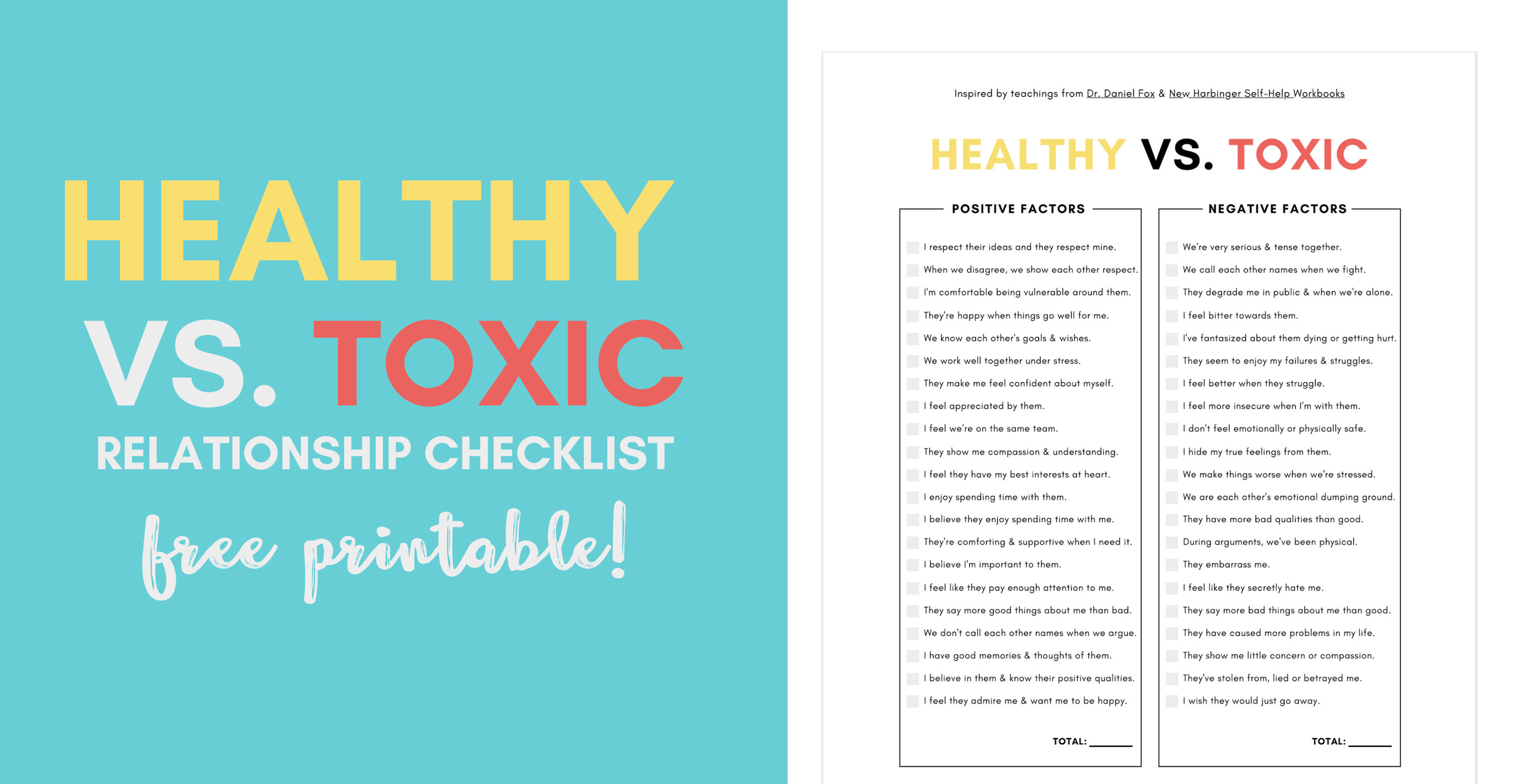
DOWNLOAD FREE PRINTABLE
Measure how healthy or unhealthy your BPD relationship is with the Healthy vs. Unhealthy Relationship Checklist.
BPD Resources
BPD Characters: Read the first 6 chapters of Sadie’s Favorite – an upcoming novel by Sarah Rose, creator of BPD Beautiful.
Get 20% off your first month of BetterHelp. Get matched with a licensed therapist within 48 hours. Subscriptions as low as $65/week, billed every 4 weeks. Cancel anytime.
Manage your BPD symptoms with a printable workbook.
See our recommended list of books about BPD.
Start a Discussion
Is your partner going out without you a BPD trigger you struggle with? How do you relate to this post? Share your story in the comments! We love hearing from like minded individuals.
Pin This Post
Liked this post? Please help support BPD Beautiful and spread BPD awareness by pinning it on Pinterest.
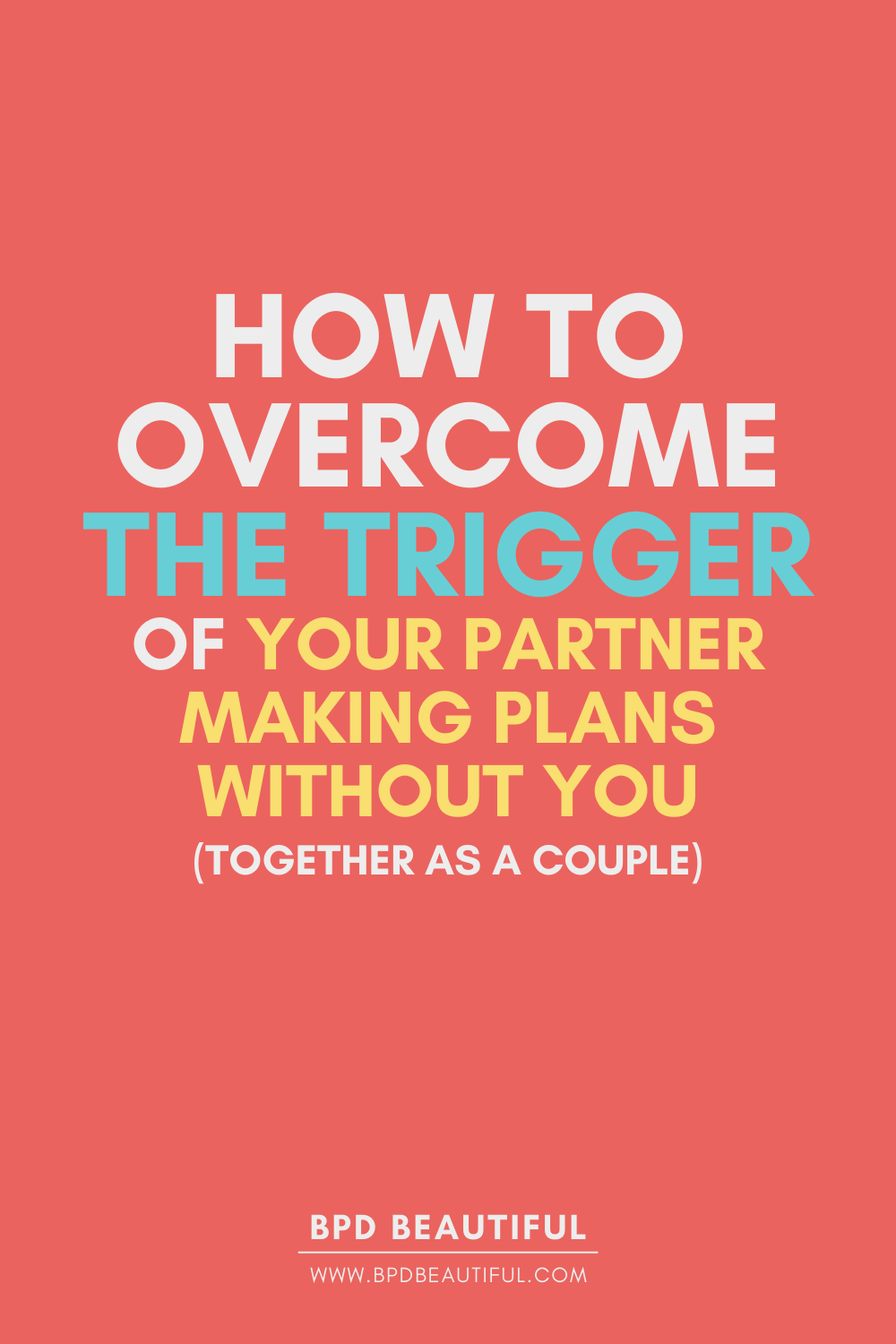

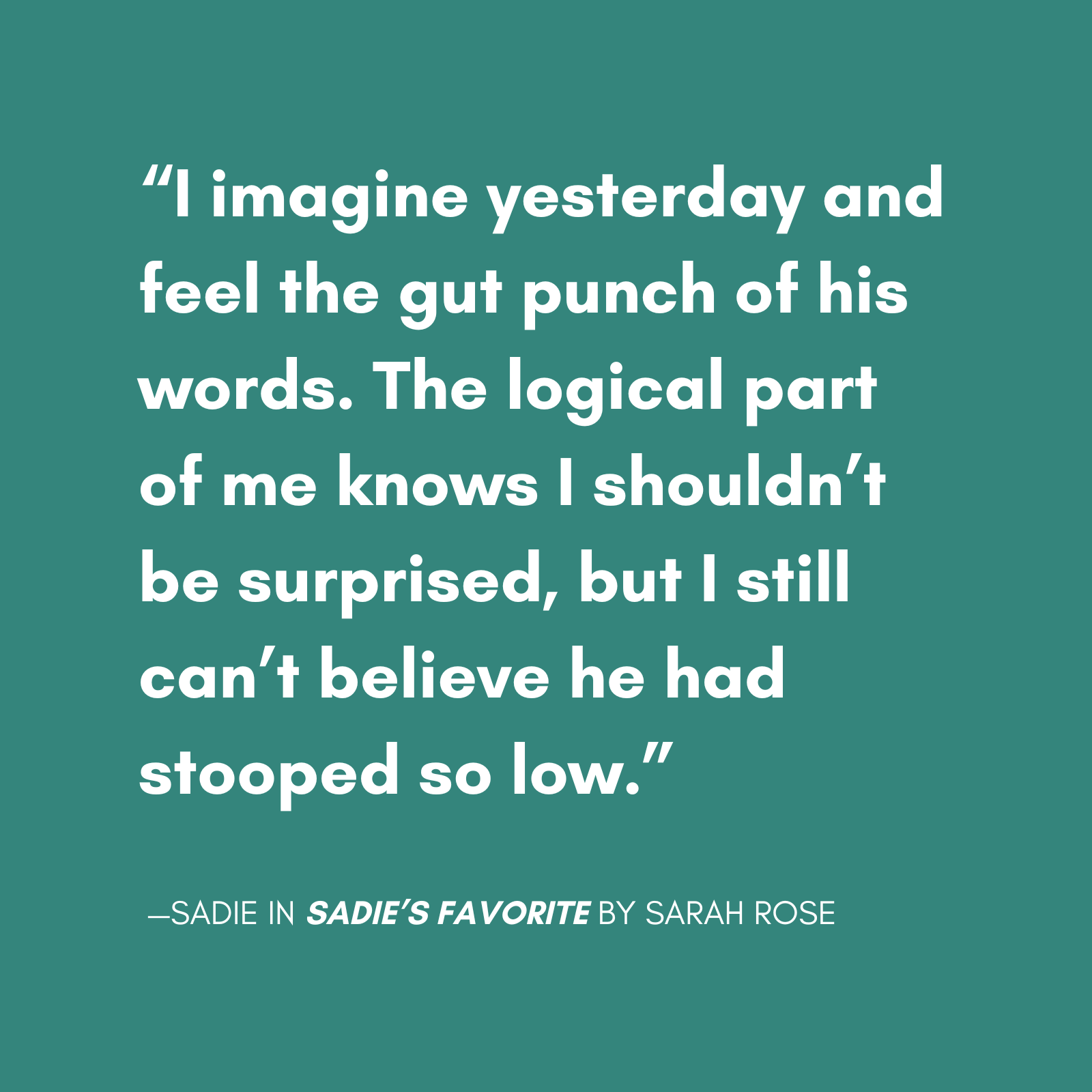
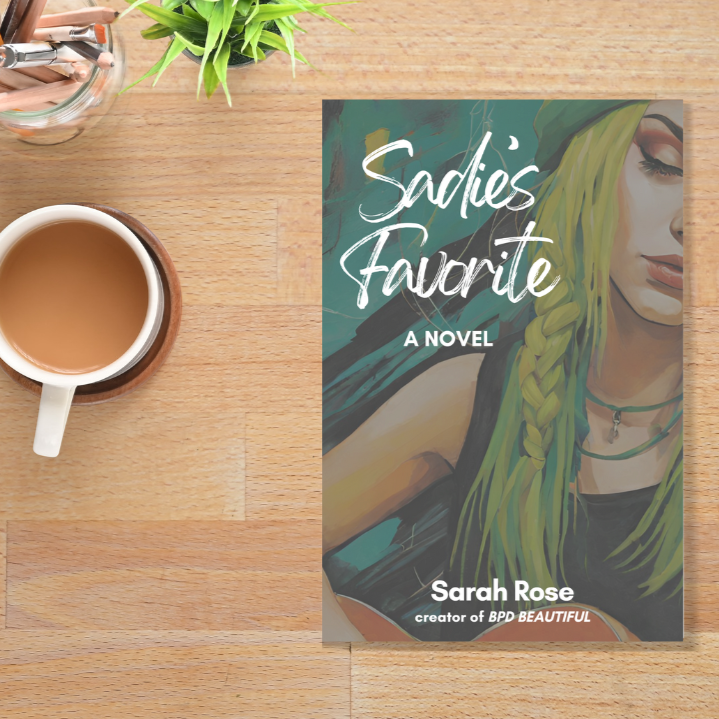
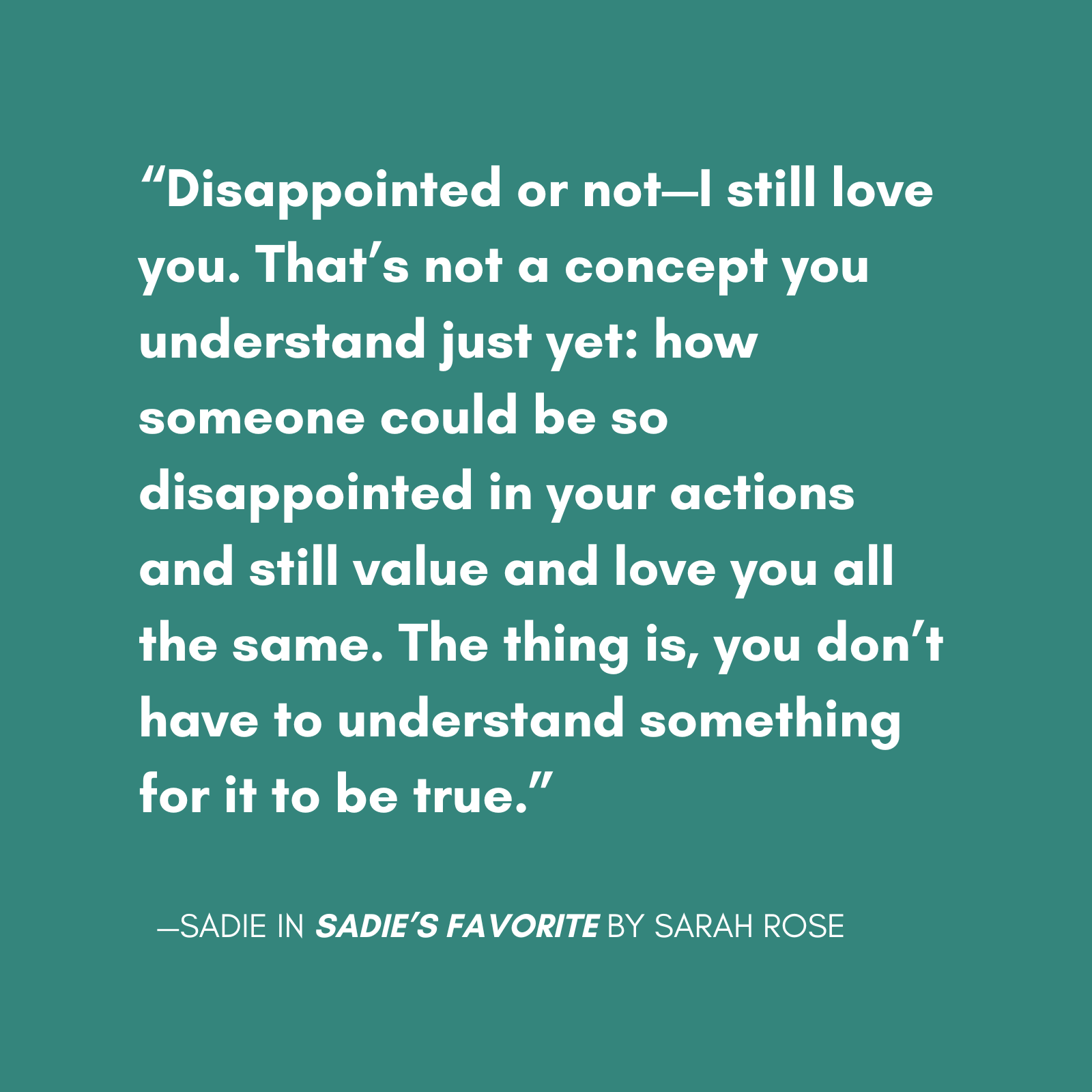

Comments
One response to “How to Make Plans Without Triggering Your Partner with BPD”